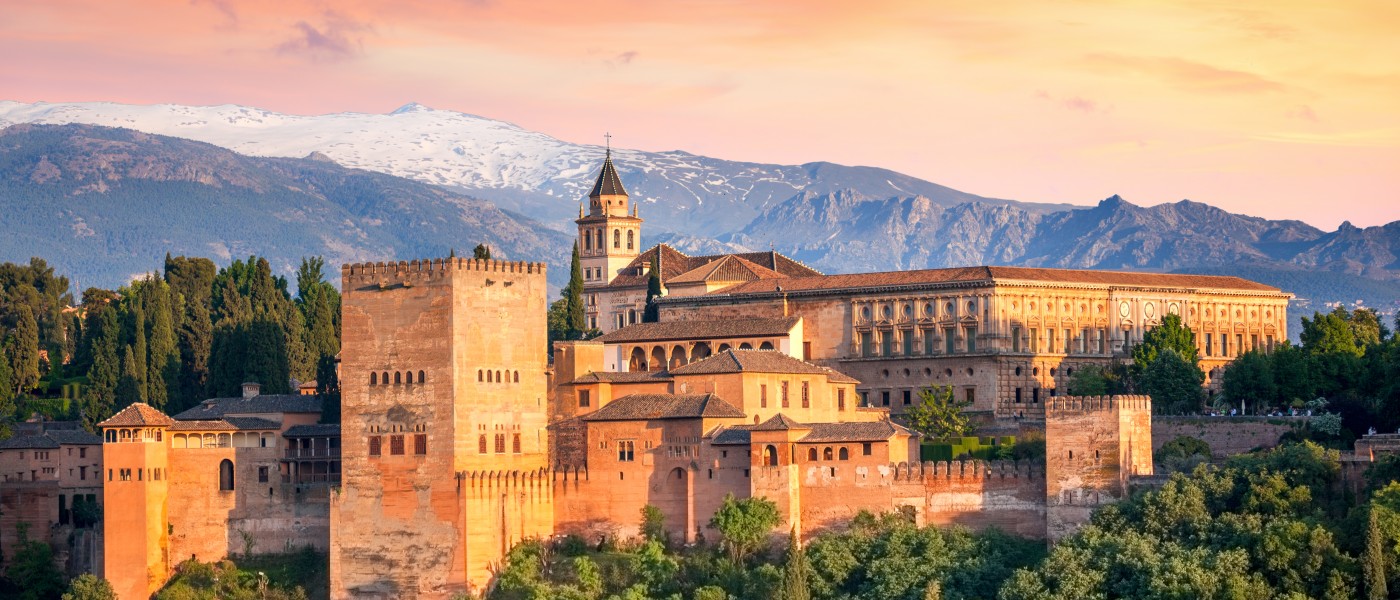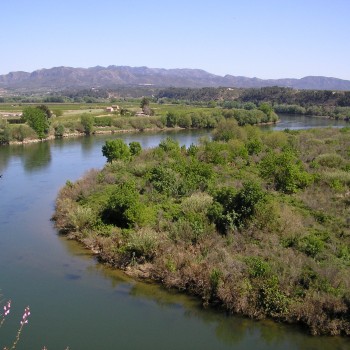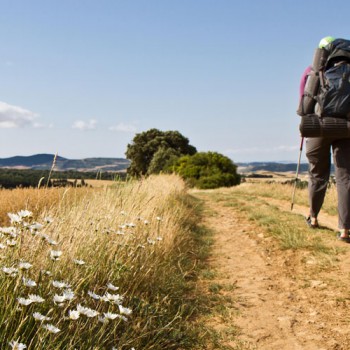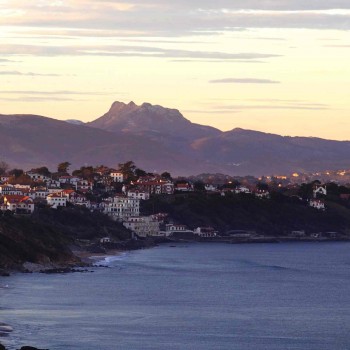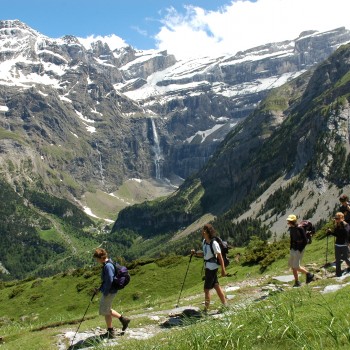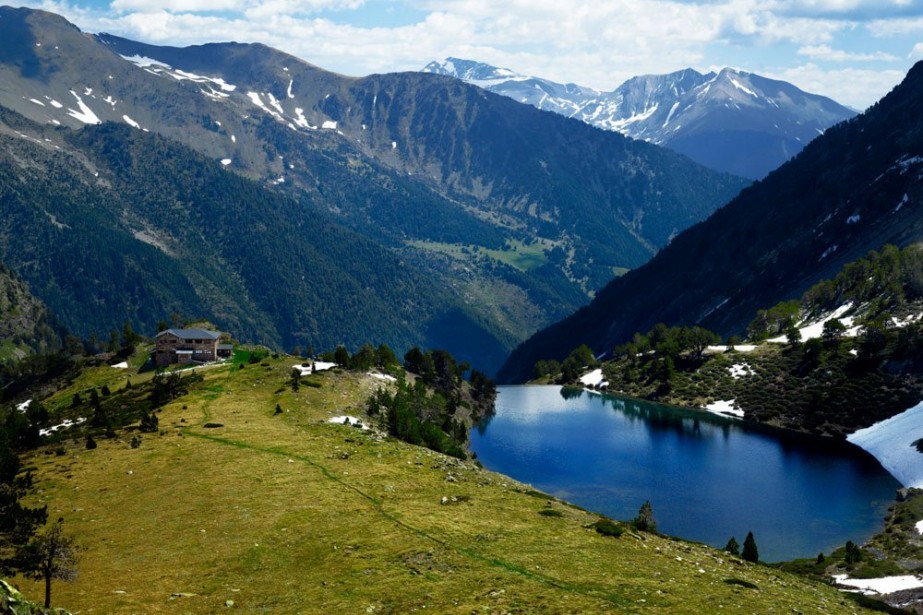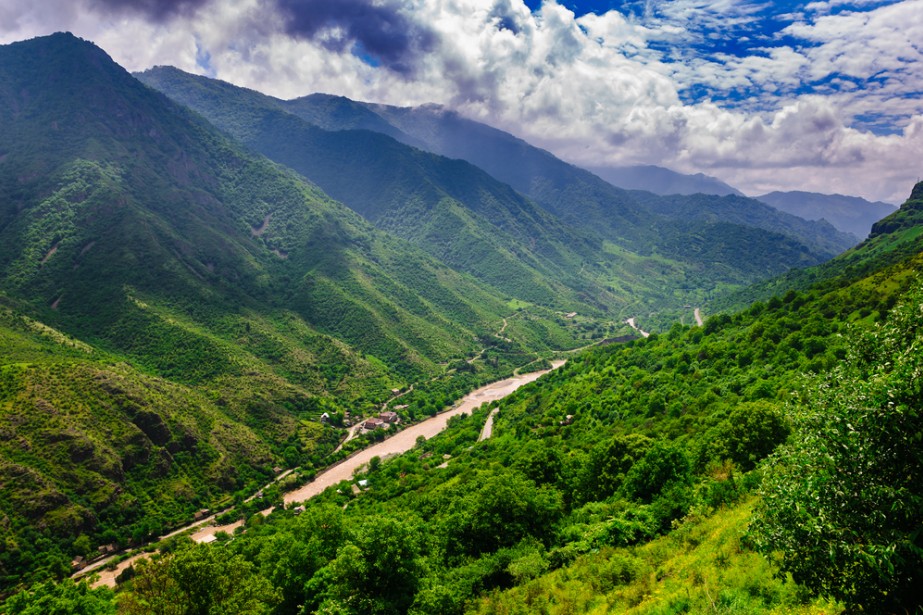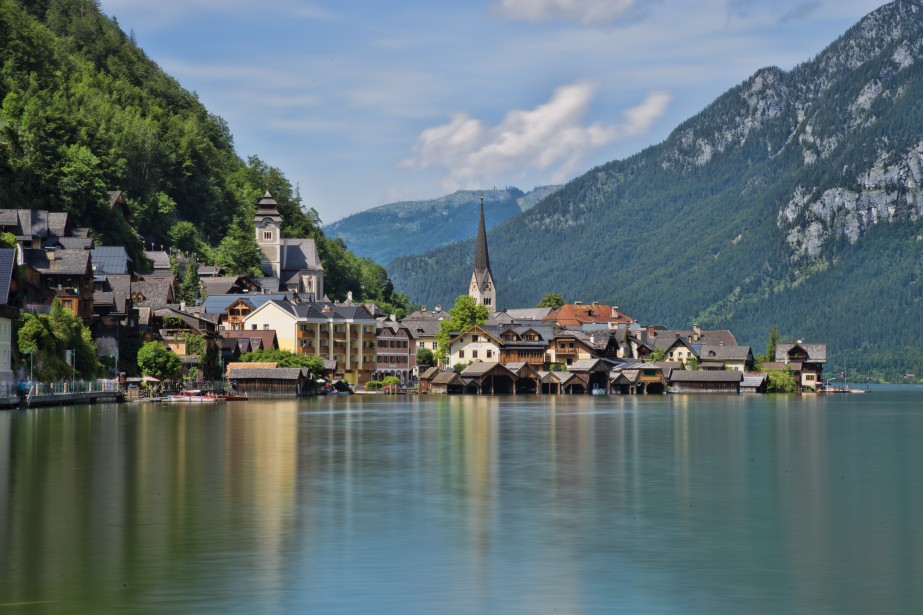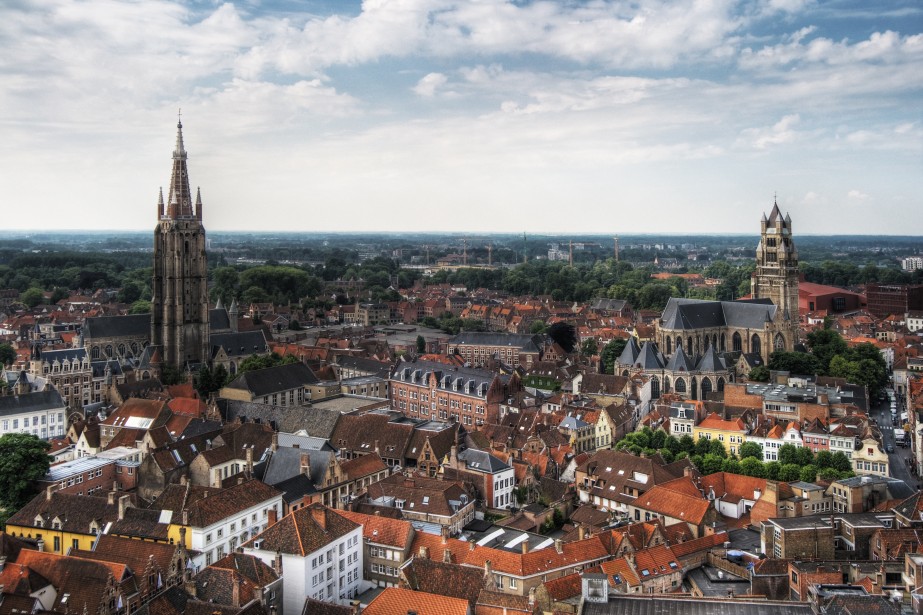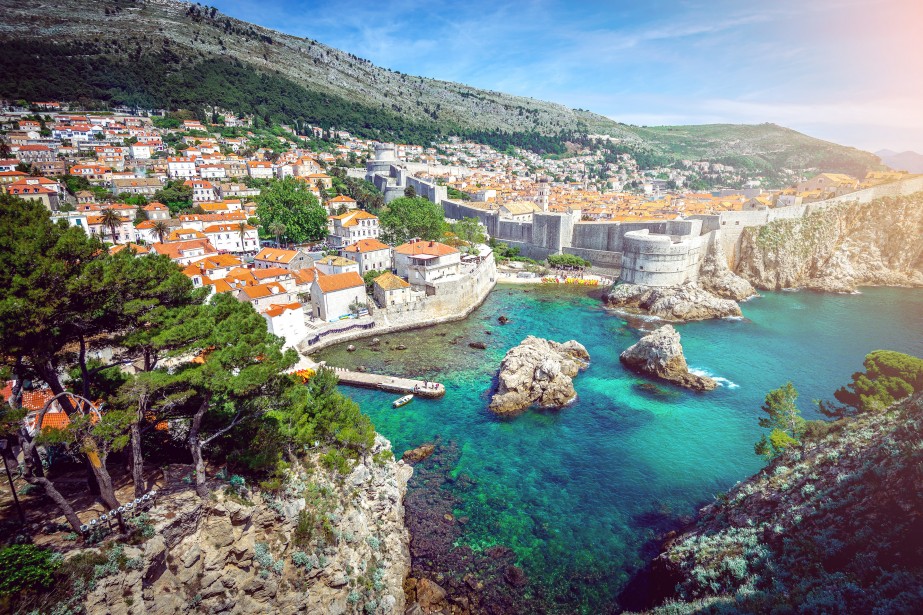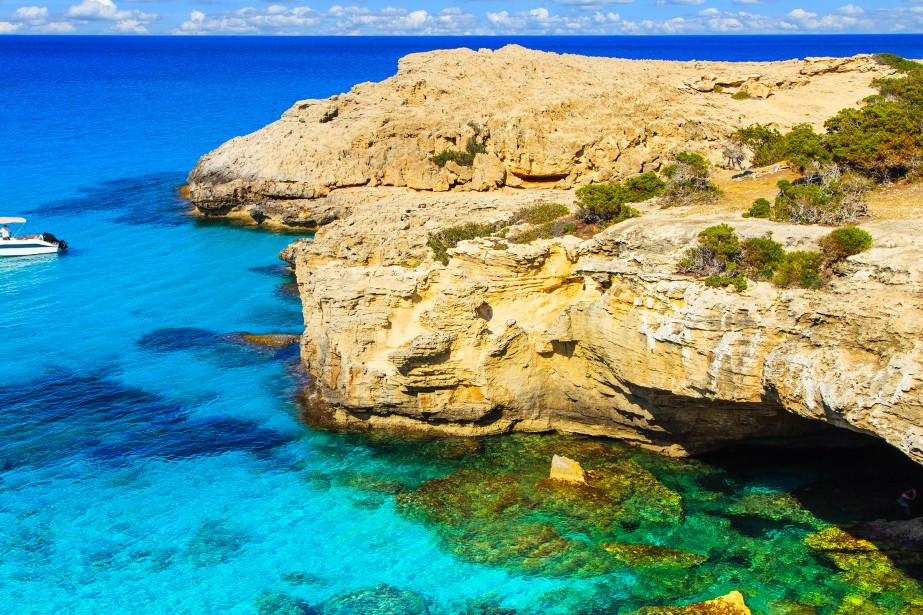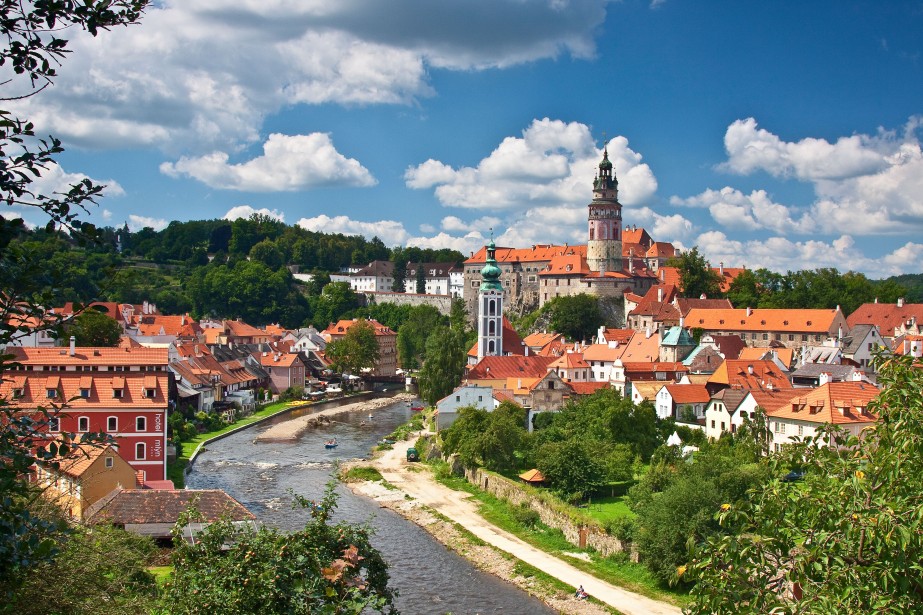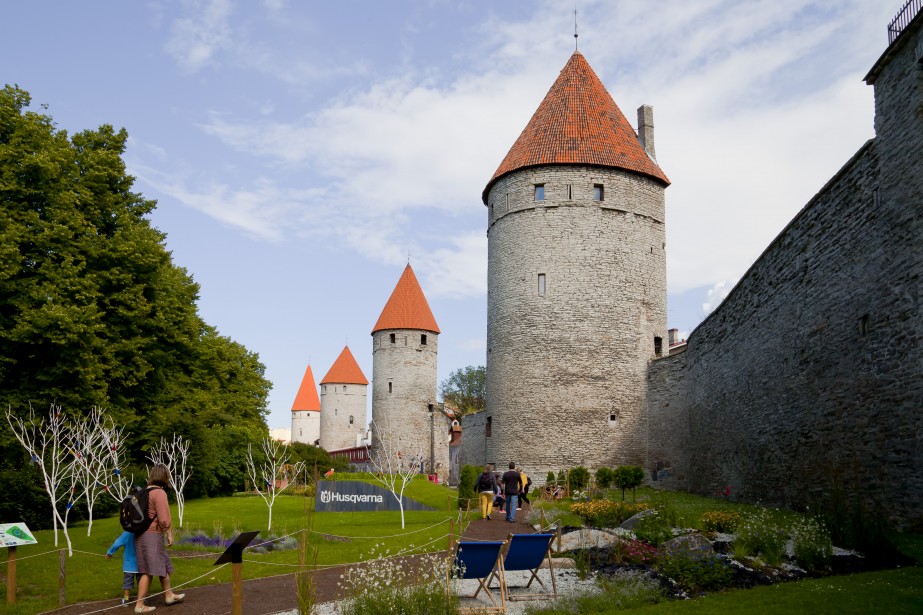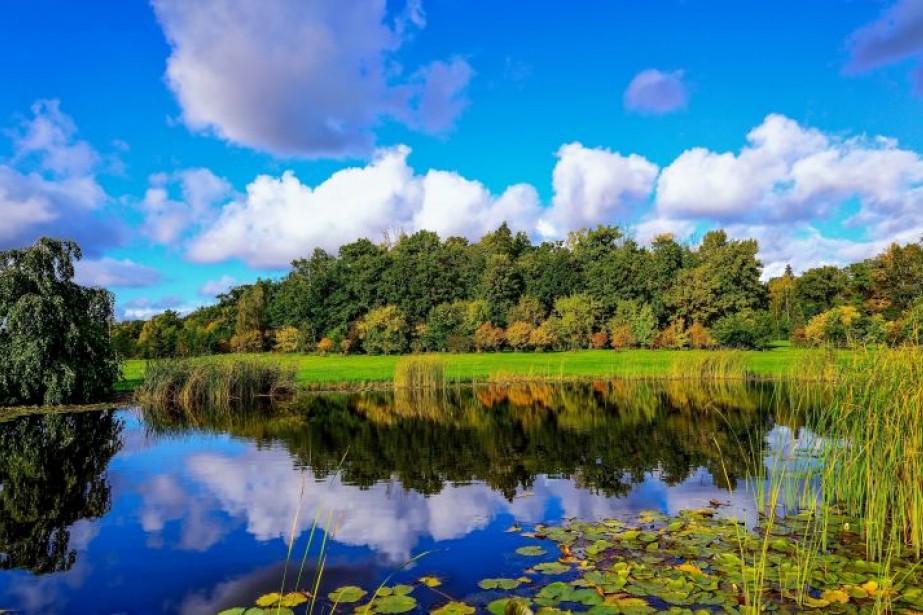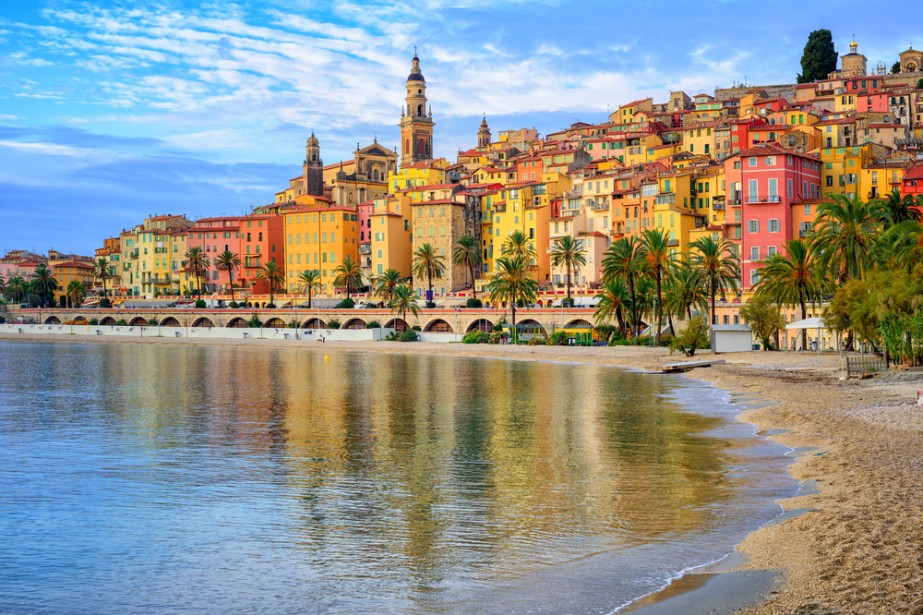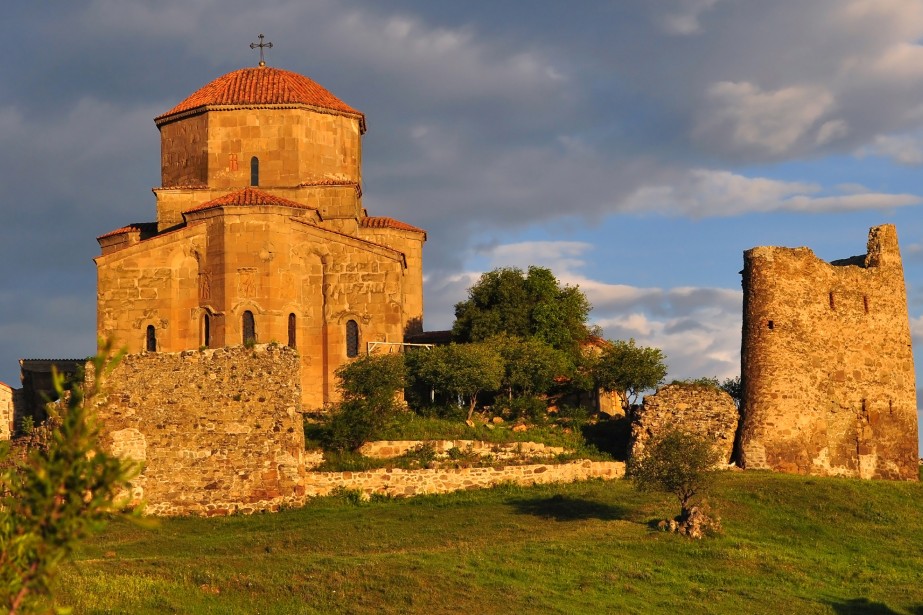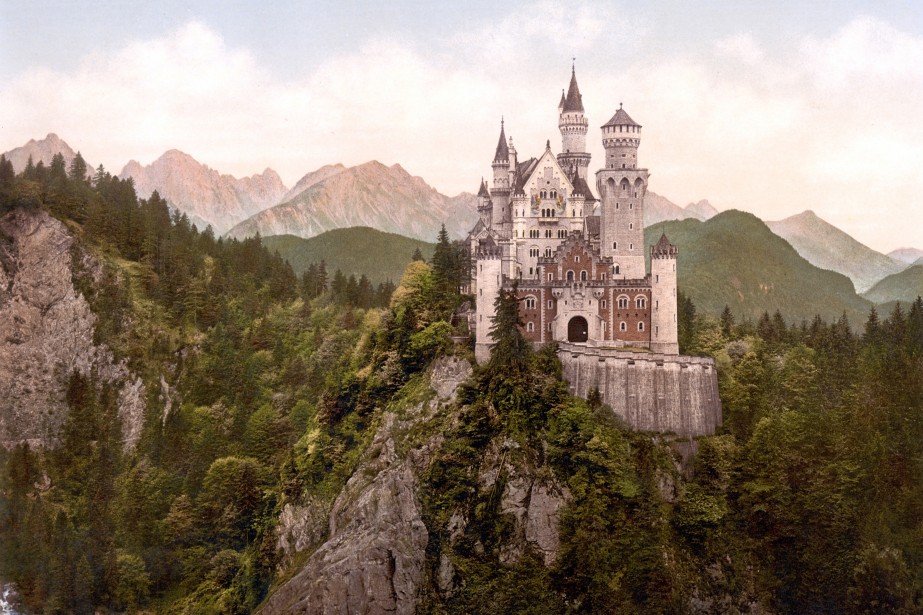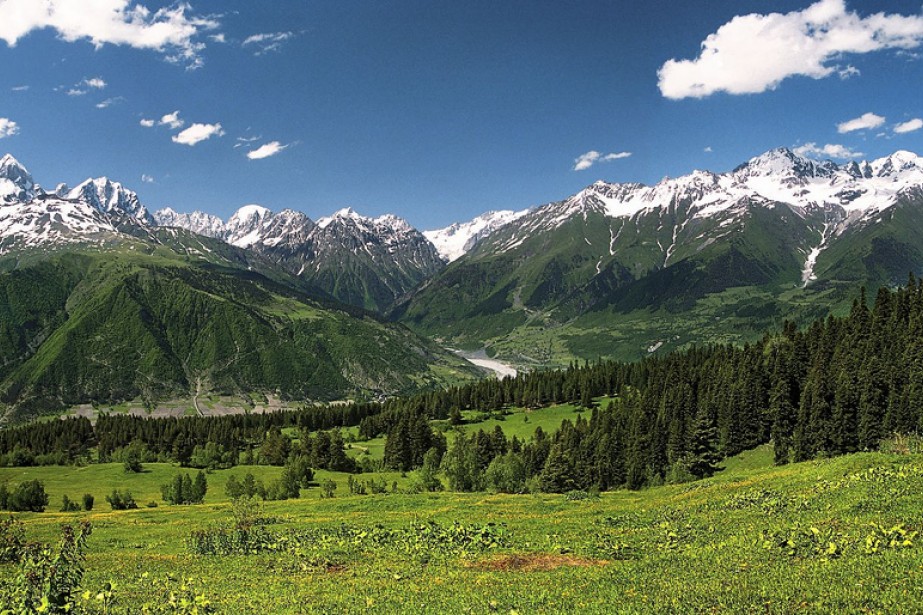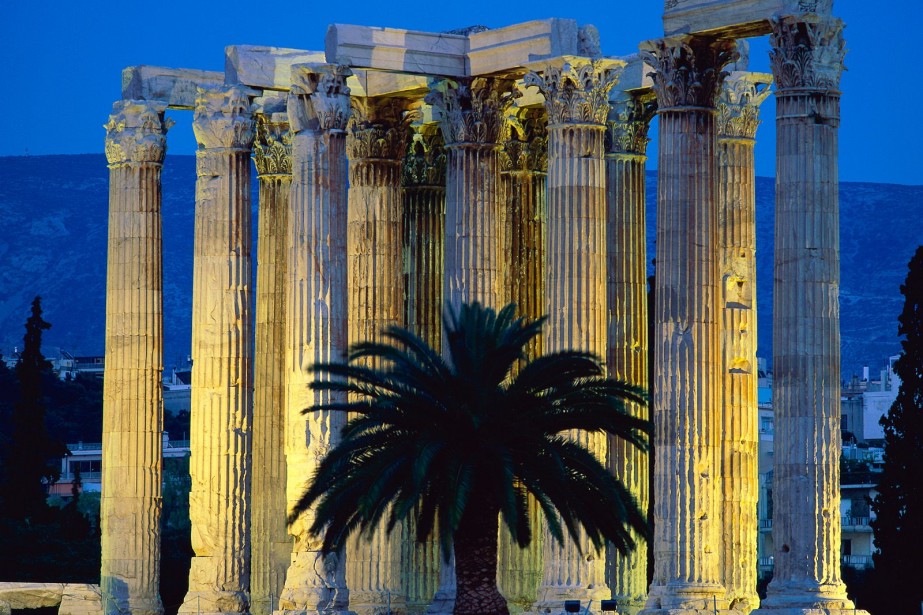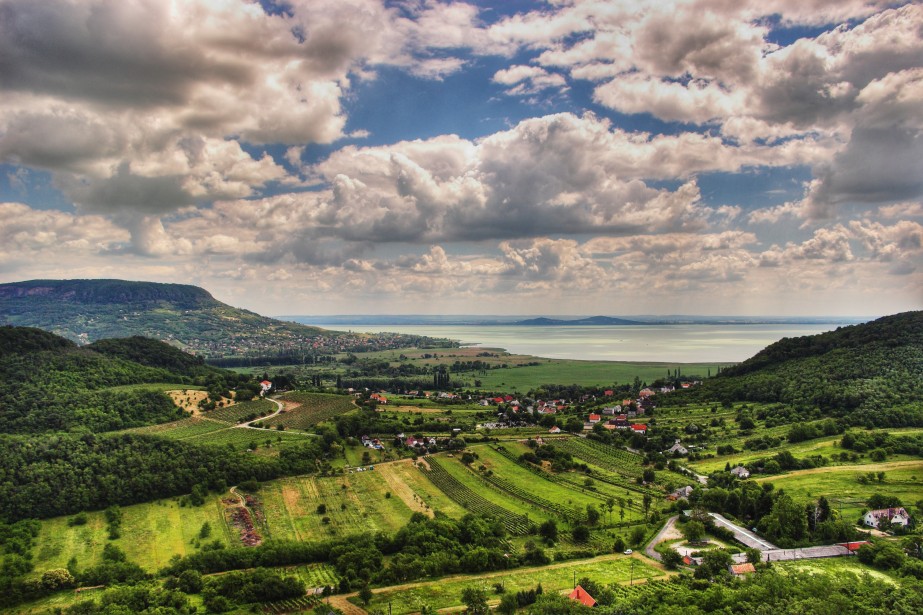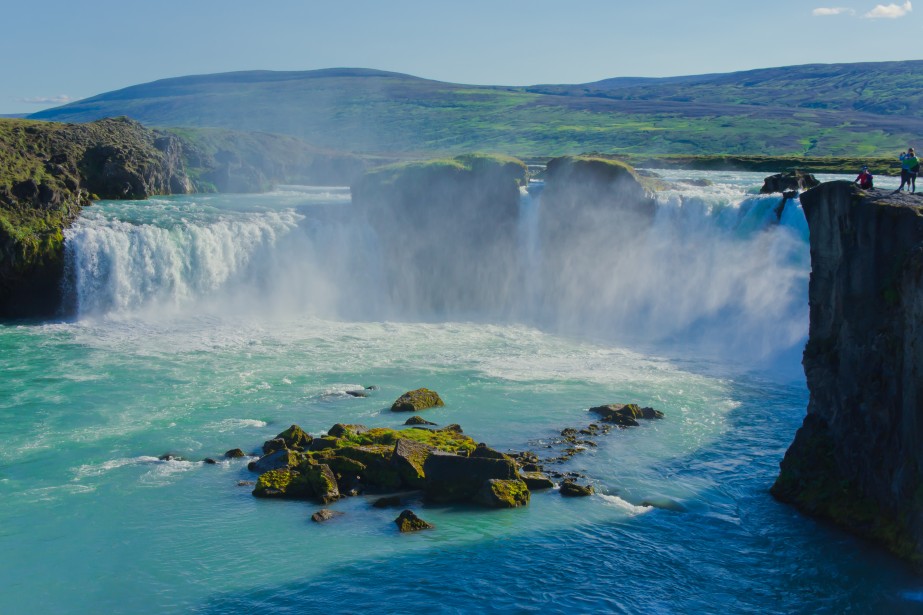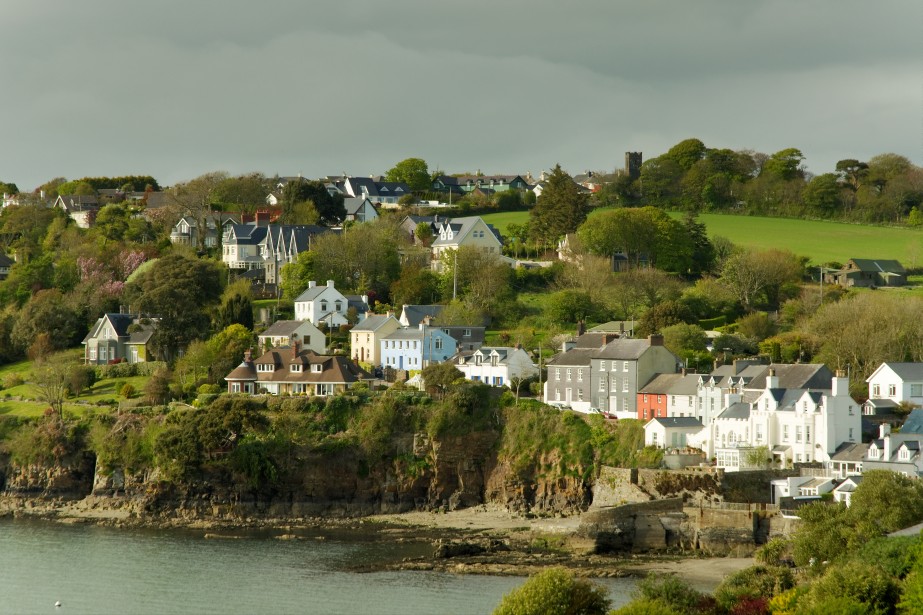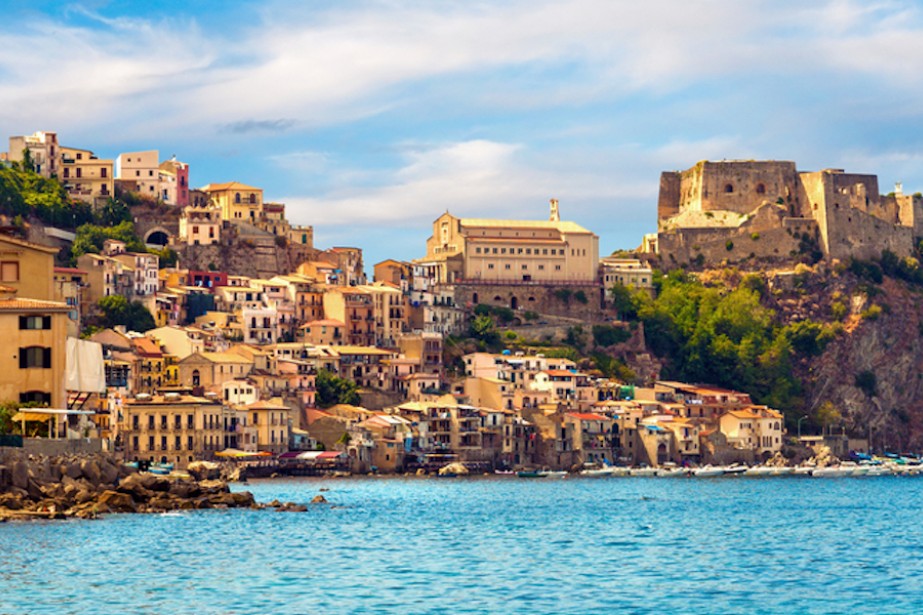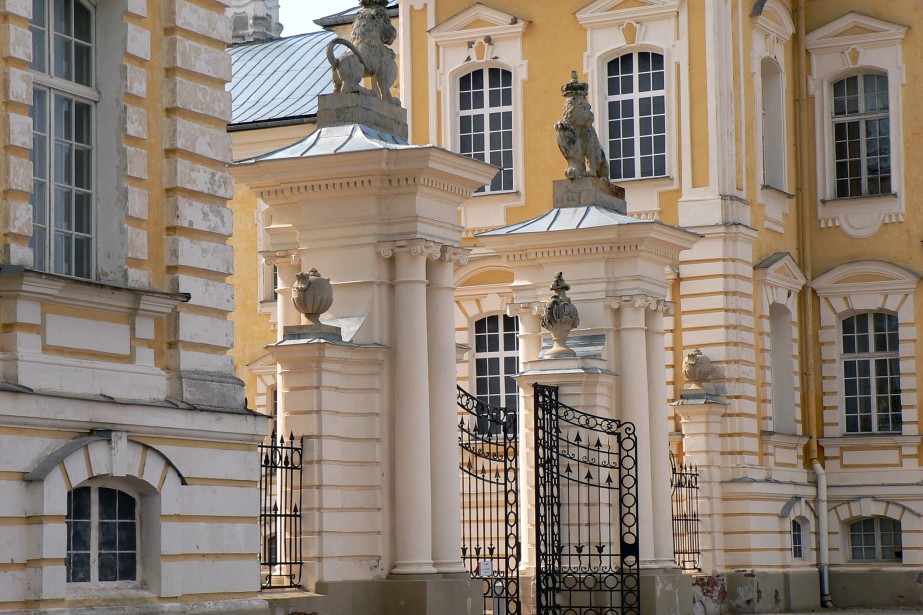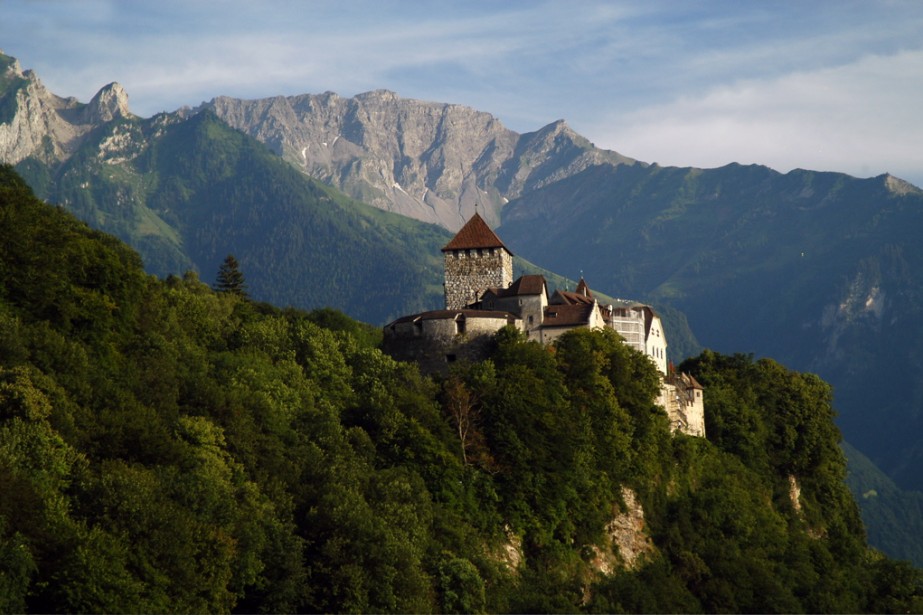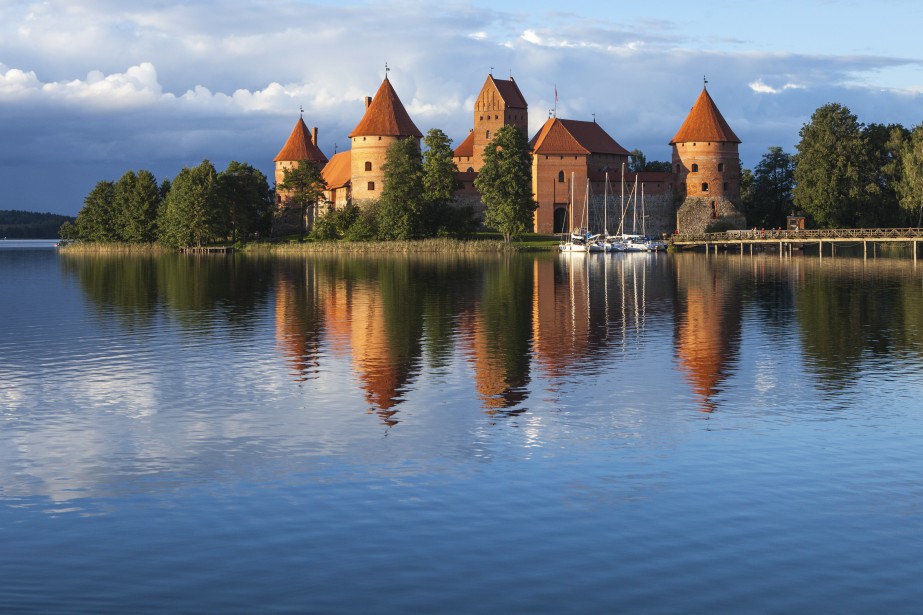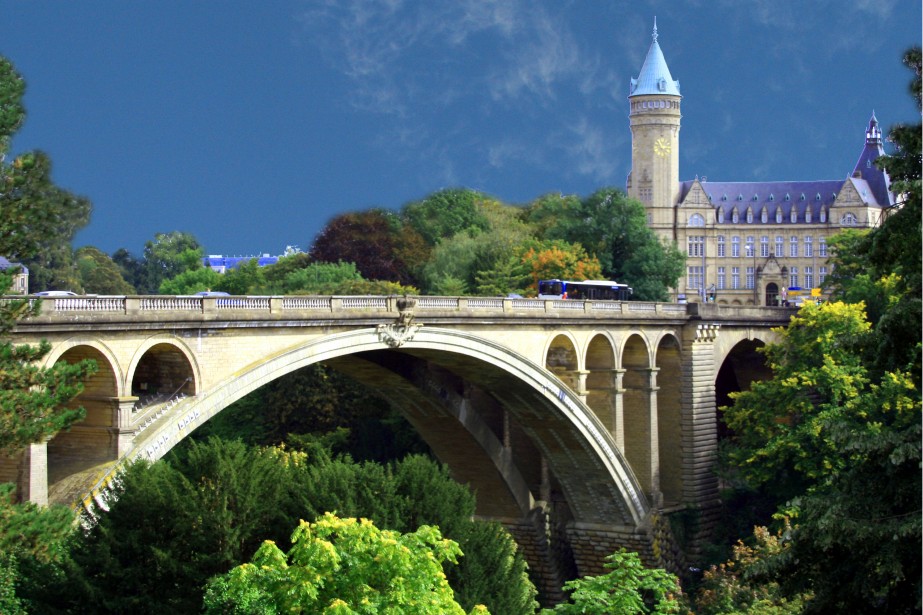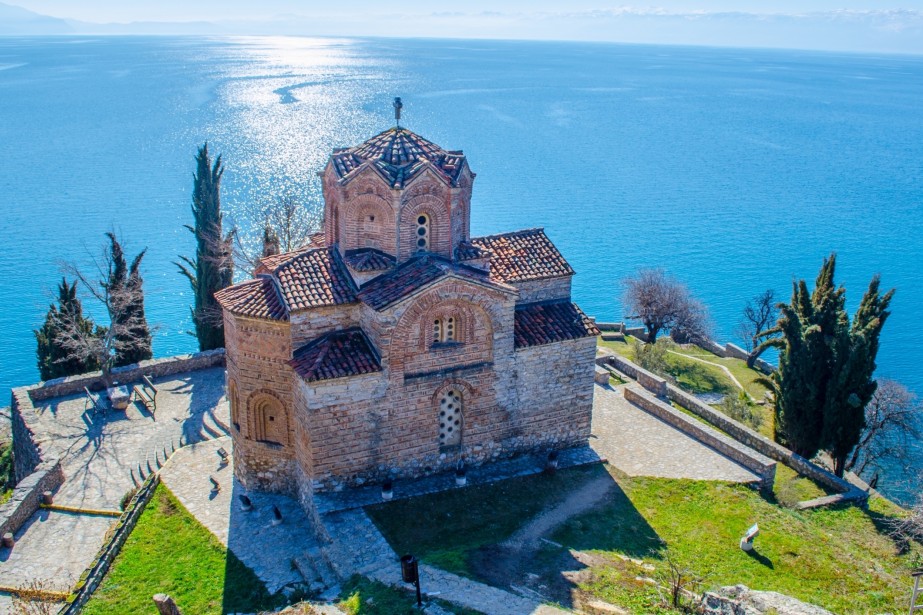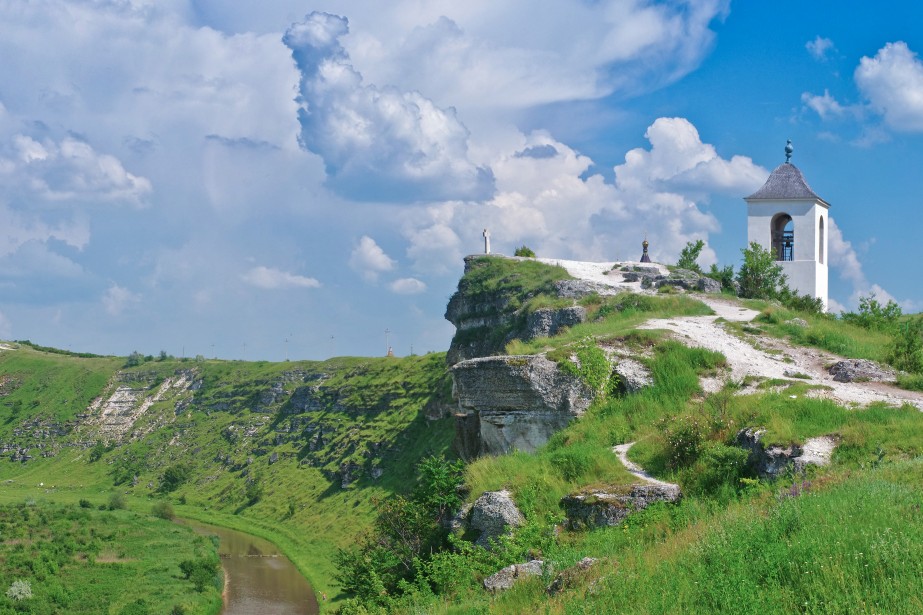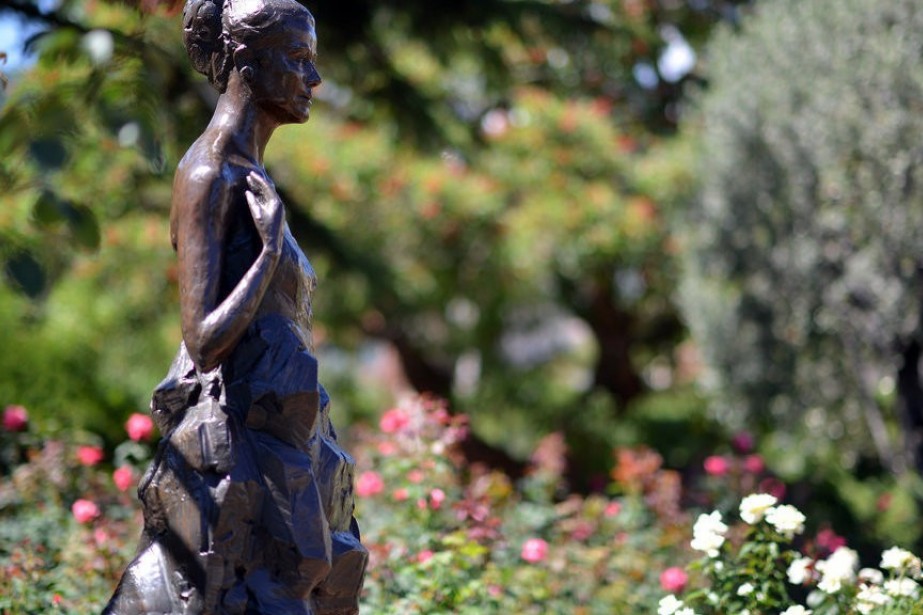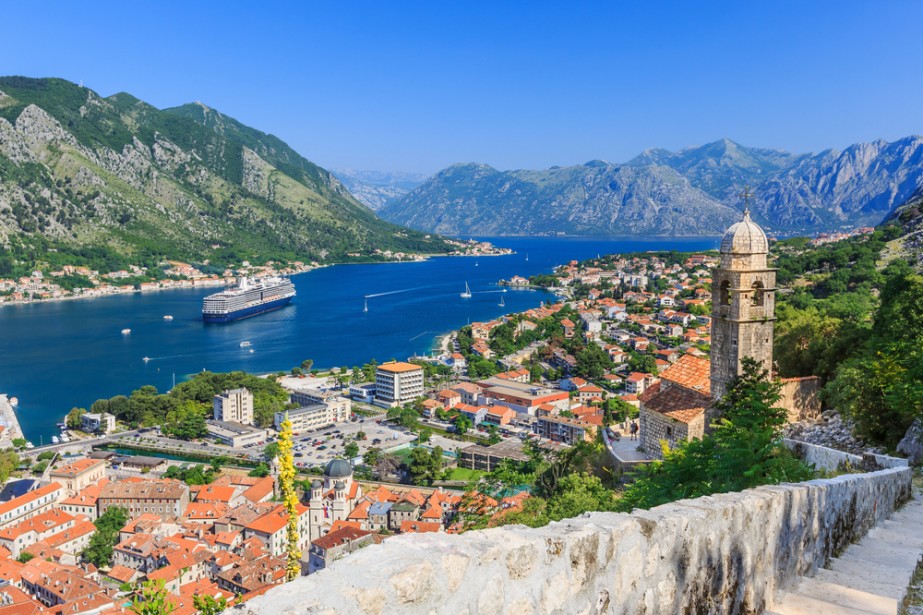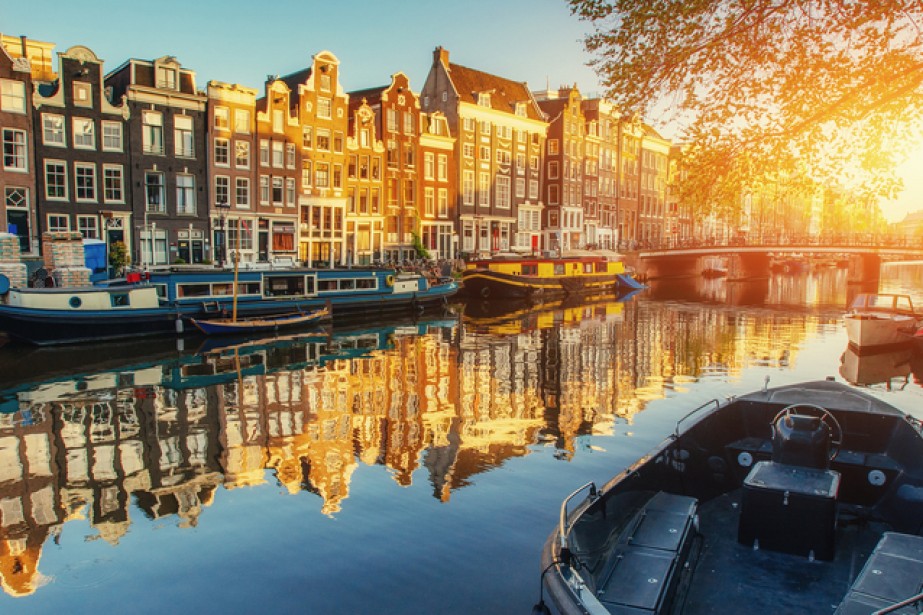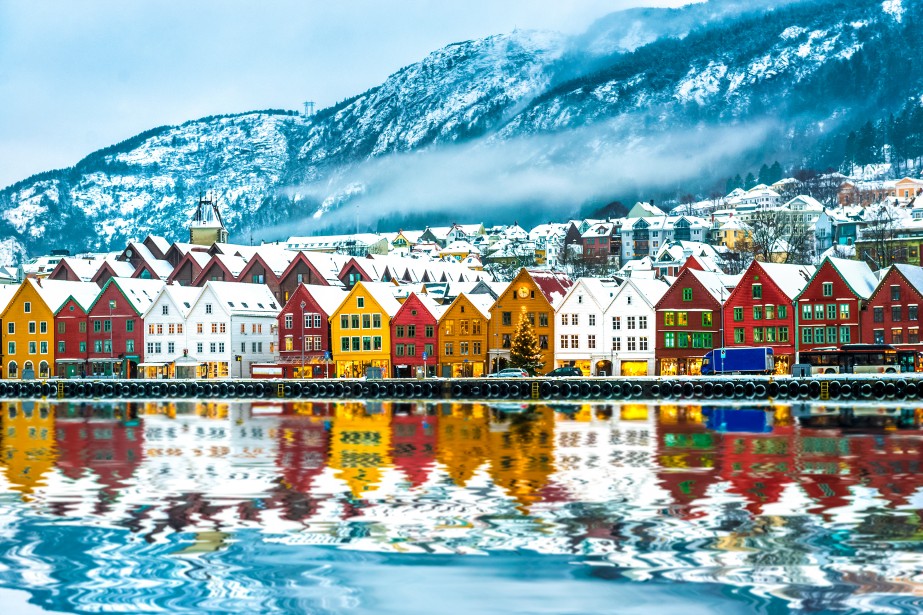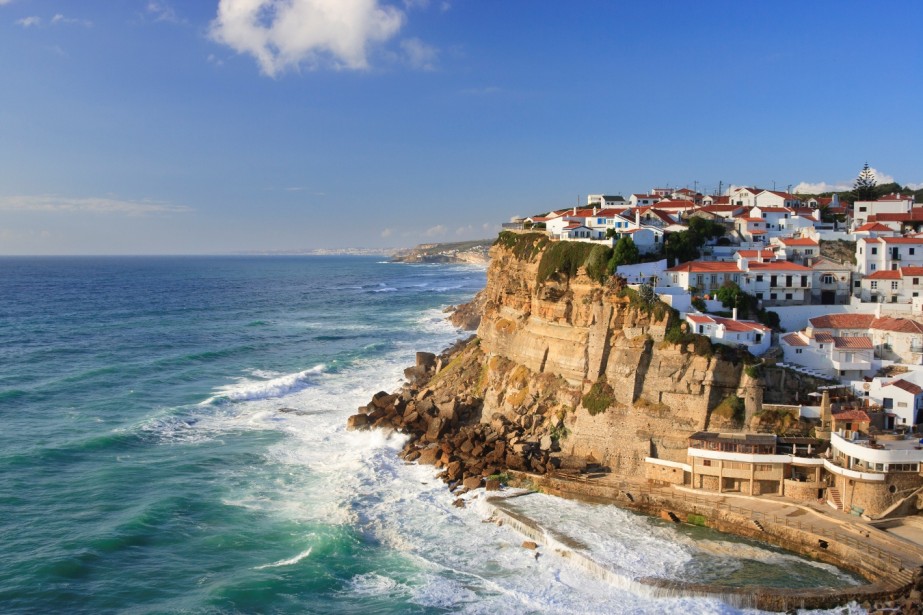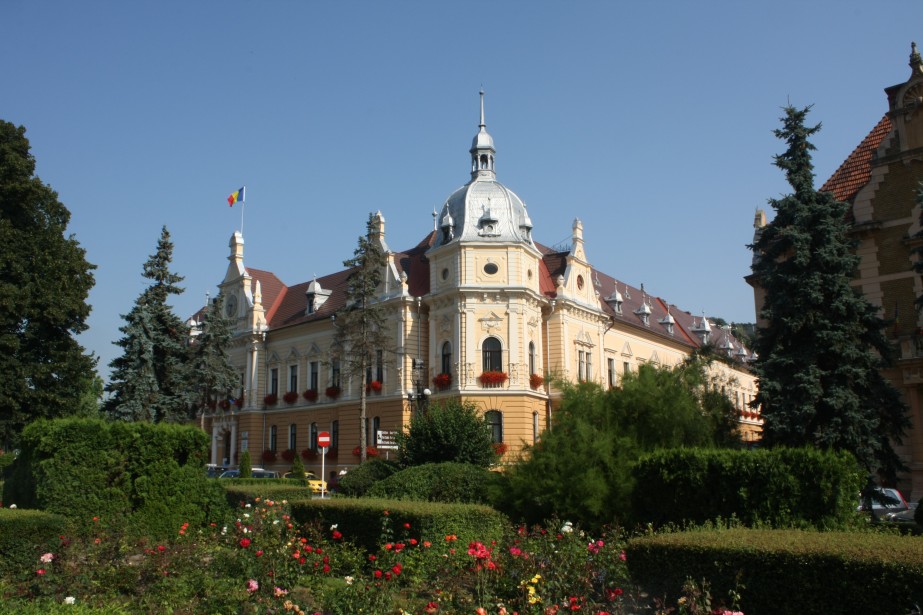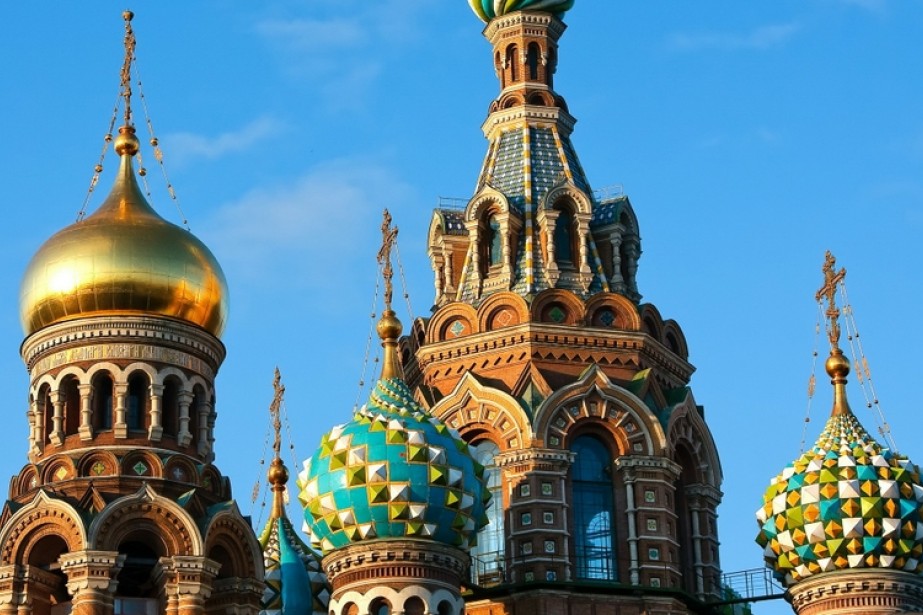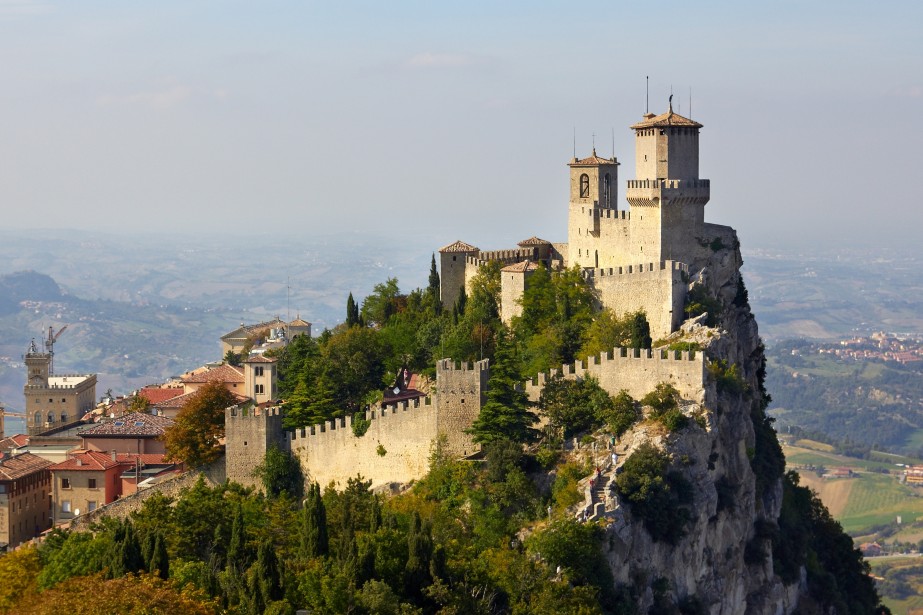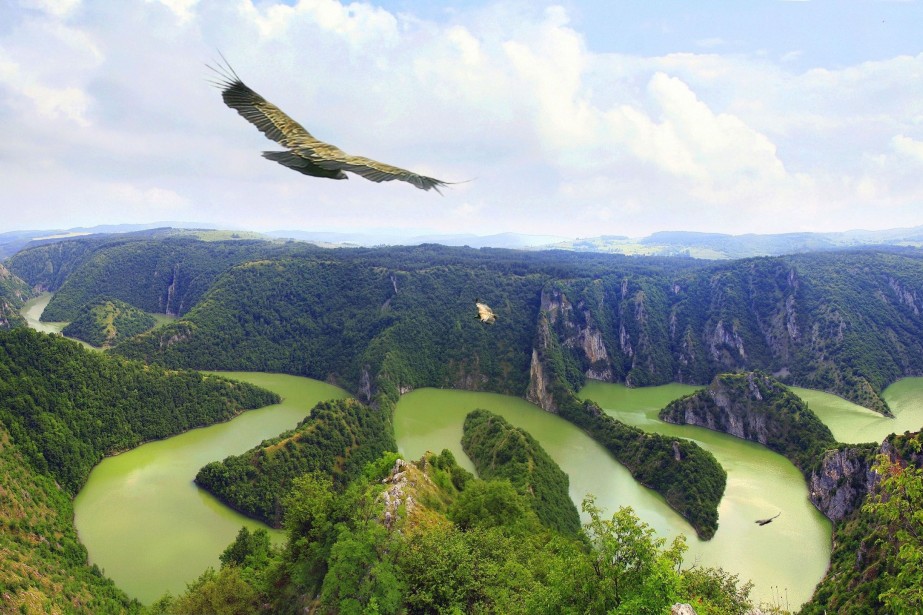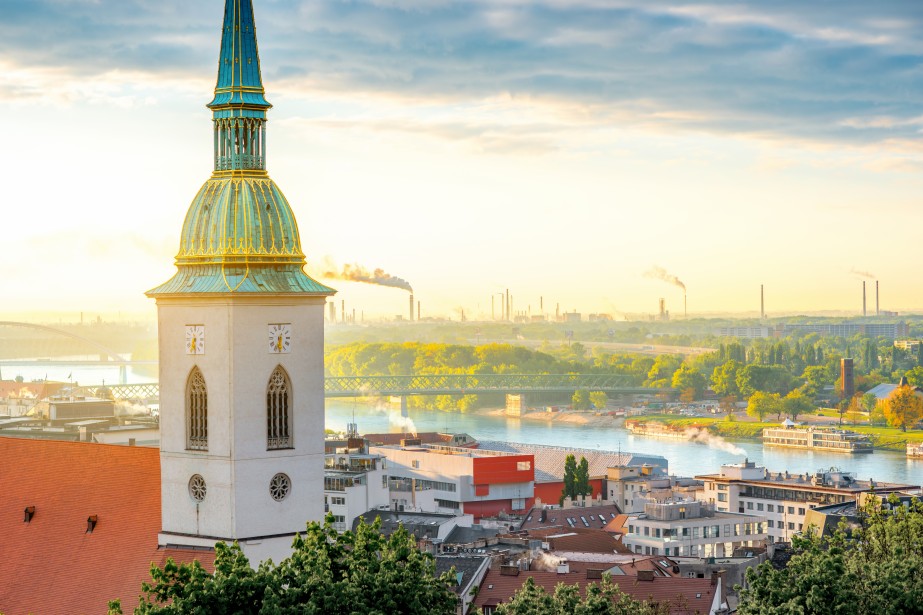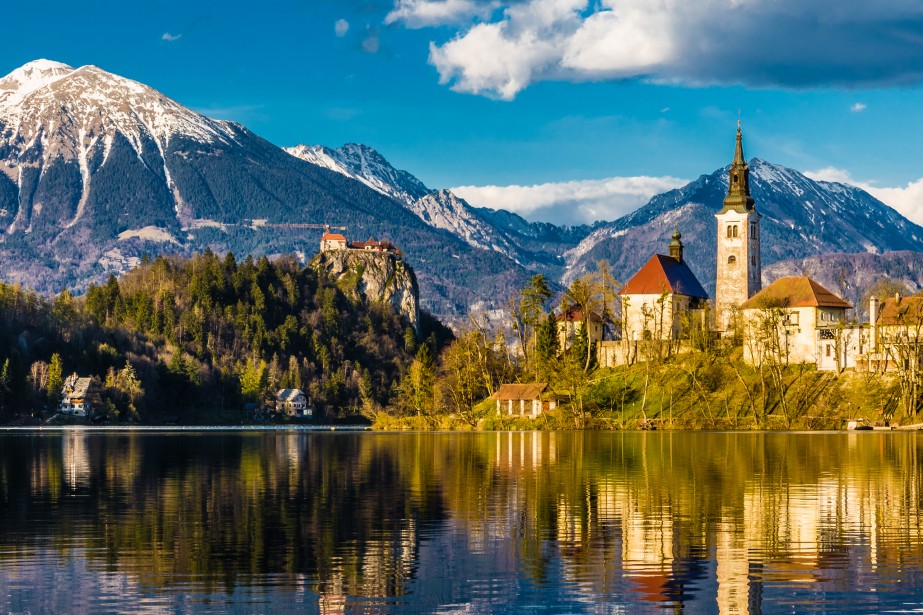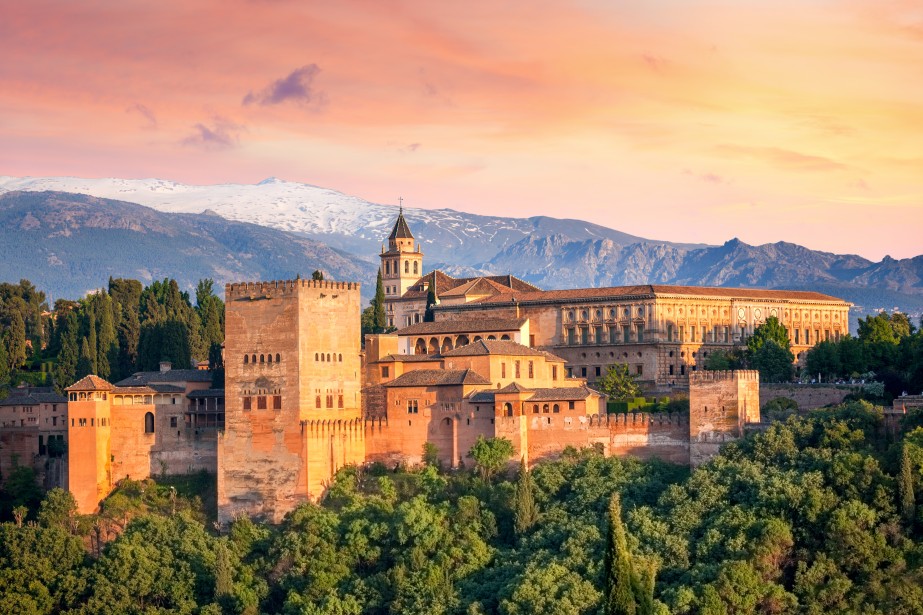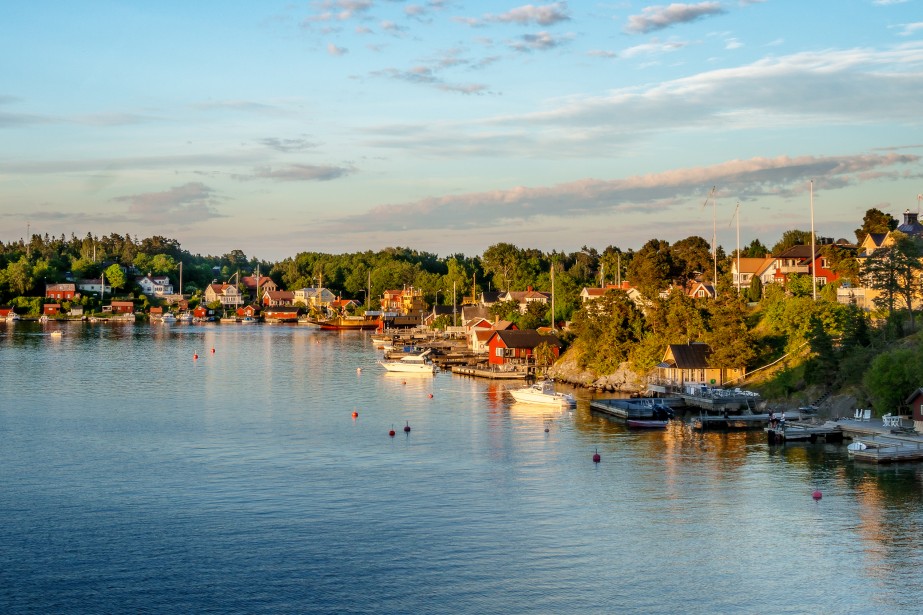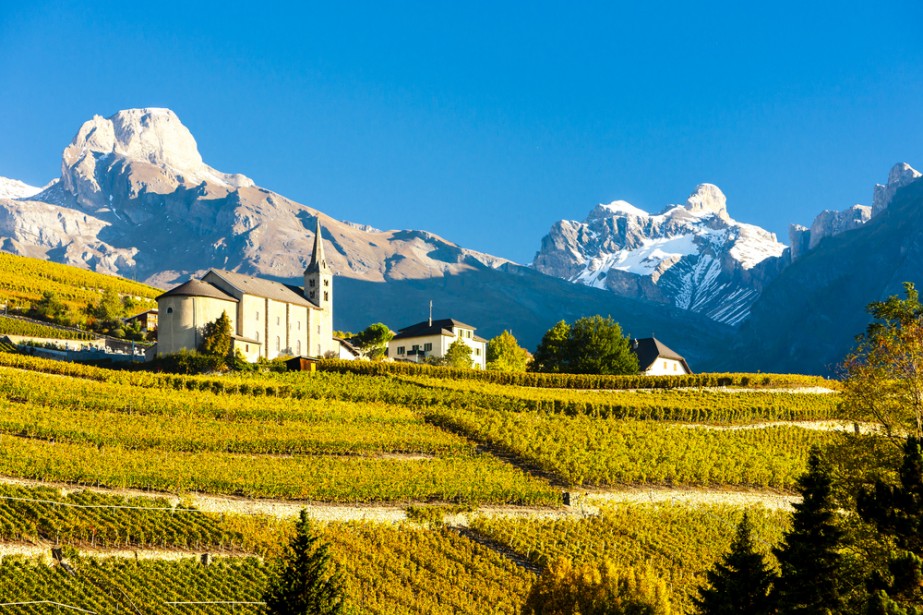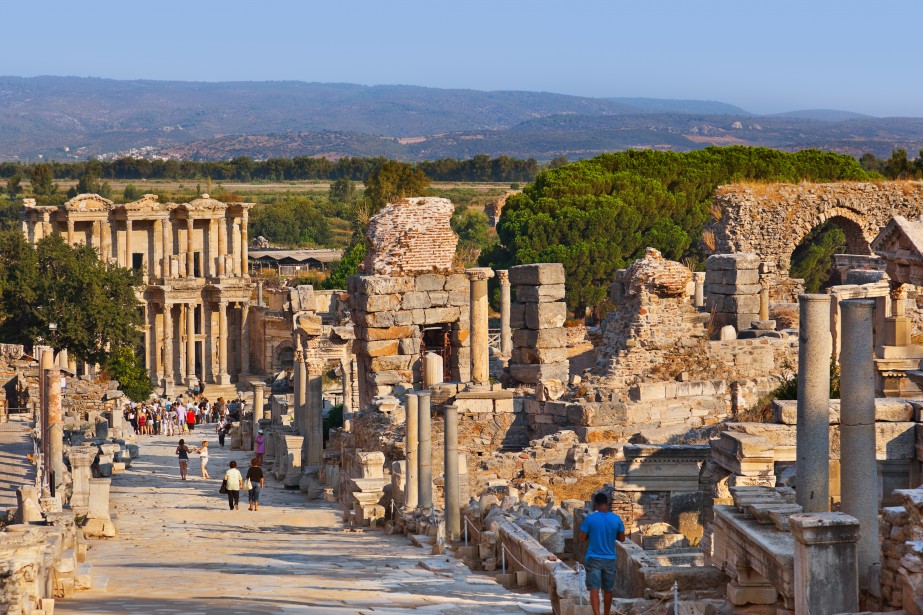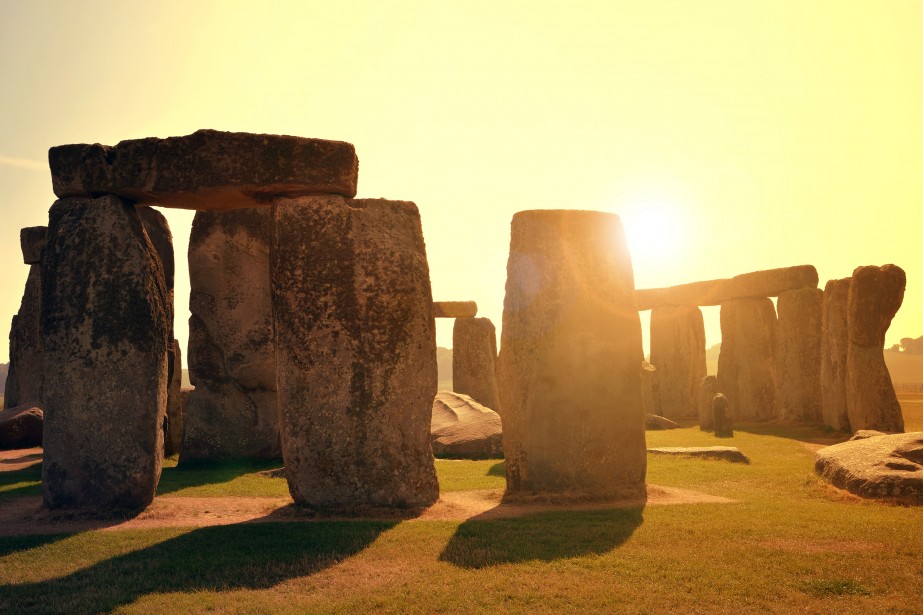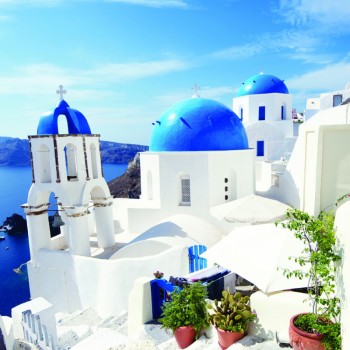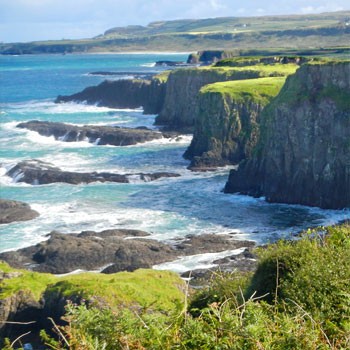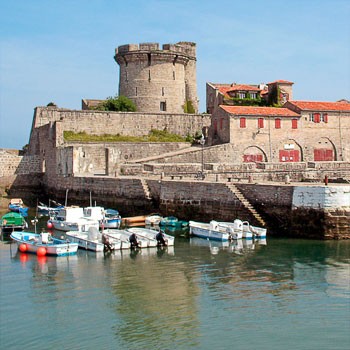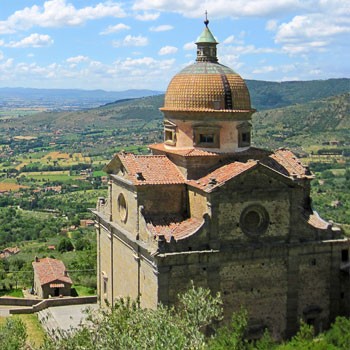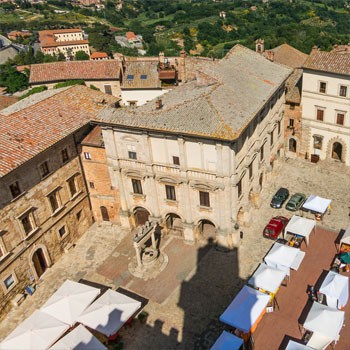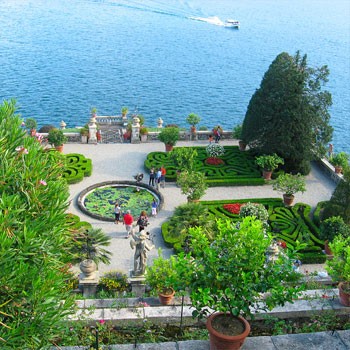Submitted by Anonymous on August 19, 2016
Overview
Made up of 17 autonomous regions with their own geography and culture, Spain is located on the Iberian Peninsula of Europe. Officially the Kingdom of Spain, its mainland is bordered by the Mediterranean Sea to the east and south, excepting a small land border by Gibraltar. The north and northeast of the mainland is bordered by France, Andorra and the Bay of Biscay, while the west and northwest it is bordered by Portugal and the Atlantic Ocean.
Spain is a member of the United Nations (UN), the European Union (EU), the Council of Europe, the Organization of Ibero-American States, the North Atlantic Treaty Organization, the World Trade Organization and many other international organizations. A developed country, Spain ranks fourteenth in the list of the world’s largest economies based on nominal GDP.
Spain is popular around the world for its football teams. Real Madrid and Barcelona are two teams that have shined in various leagues with many wins over the years.
When to Travel – Weather
The best weather in Spain can be experienced in the months of April, May, June, September and October when spring and fall occur. Temperatures in spring will be warm enough that you can get a nice tan, but will still be comfortably cool. During these seasons it is nice to hit the beaches. Costa del Sol is beautiful and if you love golfing then you will have an awesome time there.
Summers in Spain are usually very hot. The inner cities like Madrid and Seville can have temperatures as high as 45 degrees Celsius. This is the high season that occurs in June to July. Prices can increase at this time up to 50%. The climate is humid in coastal areas. Overall you can expect warm and dry sunny weather.
Low seasons occur between November and February. There is usually rain in the north and northwest areas of Spain, while it is cold in central Spain. If you love to ski then this period great for you since it is the high season for skiing. You can expect the hotels located on the beach areas to be closed while prices elsewhere drop significantly.
Food and Drink
Spaniards don't eat when you normally do. Lunch is from 2 PM onward, and dinner comes after 10 PM, but they take their food seriously and meals are an important social activity. The cuisine is usually dictated by seasons no matter where in Spain you go. Many restaurants close on a Sunday, but the dining rooms in the hotels are usually open all week. In big cities like Madrid and Barcelona or areas where there is a high tourist traffic there is always something open.
The day starts with breakfast consisting usually of coffee, hot chocolate or tea, accompanied by rolls, butter and jam. The hot chocolate at breakfast is usually thick and sweet. You will also see some Spaniards eating fried fingerlike donuts called churros.
The most important meal of the day is lunchtime. Lunch typically consists of three to four courses. It begins with soup or entremeses (several dishes of hors d’oeuvres) after which a fish or egg dish is usually served. A meat dish is then served with vegetables (wine is always a part of this meal) followed by dessert which is usually pastry, assorted fruit or custard with coffee.
In Spanish cuisine, Tapas are a wide variety of snacks or appetizers. In Spain you will find that all over the country the Tapas bars will offer many of the same dishes. Tapas bars along the Atlantic coast usually offer wonderful tinned seafood and tiny fried fish. Standard tapas include olives, fresh kettle-style potato chips, and almonds, but may also include Albóndigas (meatballs, usually pork, served in a small casserole dish), Chorizo (slices of smoked pork sausage seasoned heavily with smoked paprika), Croquetas (small fritters of thick béchamel sauce with ham, tuna, or cod) and a number of other delicious items.
Dinnertime in Spain is a fiesta. It starts with a bowl of soup which is usually served in big bowls, followed by a second course which is typically a fish dish, then a main course that is usually pork, beef or veal with vegetables. The desserts at this time are the same as lunchtime.
You can drink the tap water in Spain as it is generally safe but I would advise you to switch to bottled water when it comes to the more rural areas. Bottled water in some regions can cost as much as the regional wine.
Café con leche which translates to coffee with milk can tend to be strong. If it ends up being too strong you could always try the café Americano or the leche manchada.
Popular alcoholic beverages in Spain include Cerveza (beer) that is produced by local brands such as San Miguel, Mahou, Aguila, and Cruz Blanca, as well as wine, whiskey, brandy and cognac. You can find imported whiskeys in bars, but they tend to be very expensive. You can try brandies and cognac such as the Fundandor and “103” which are made by local companies.
Places to Visit
Alhambra - Alhambra is situated on a plateau overlooking the city of Granada in southern Spain. It is one of the major tourist attractions in the country. The Alhambra is an exquisite palace with a wondrous fortress and beautiful garden. The Nostrid sultans constructed it in the 14th century.
Mezquita of Cordoba - Mezquita translates from Spanish to “Mosque”. With Renaissance, Moorish, Gothic, Baroque, and Islamic style architecture, the Mezquita of Cordoba is a cathedral that stands proudly to capture the breaths of anyone fortunate to lay their eyes on it.
Barcelona - Barcelona is known for its unique architecture by the famous architect, Antoni Gaudi including the Casa Batllo and Sagrada Familia church. Located in northeastern Spain, Barcelona is buzzing with nightlife, offers beautiful beaches and provides romantic backdrops for the perfect vacation.
Spanish Islands - Located east of the Spanish mainland, these islands possess gorgeous beaches and beautiful natural attractions that can be enjoyed with pleasantly mild climate. Popular among these islands are the Canary Islands, Ibiza, Tenerife, Majorca, Menorca, Mallorca and Formentara.
El Escorial - The historical residence of the King of Spain, located at the foothills of the Sierra de Guadarrama, El Escorial (also known as the Royal Site of San Lorenzo de El Escorial) served as the political center of the Spanish empire under the rule of King Phillip II. It was designed by the king and his appointed architect, the famous Juan Bautista de Toledo in 1559. It functions today as a monastery, royal palace, museum, and school.
Practical Information
Currency
The currency in Spain is Euros. Travelers’ checks are not the norm in Spain. It is best to just use cash or credit card. Most places will take credit cards but there are a few places that only take cash. To avoid exorbitant prices use the ATMs with the Servired or blue Telebanco signs.
Transport
In Spain you can travel by various modes of transportation. Their bus and train networks are notably one of the best in Europe. Most major cities have very efficient public transportation. Regular buses run from about 6am to shortly before midnight and even as late as 2 AM. The provincial capitals and cities usually have a good network of buses. You will find the most extensive Metro system in Madrid. The metro network is a bit limited but still very useful in Seville, Zaragoza, Valencia, and Bilbao. In the larger cities of Spain, taxis will stop if you stop them in the street. You can also find taxi stands at train and bus stations. You can also radio or phone for one.
Driving
Like most other European countries, Spaniards drive on the right side of the road. If you are staying in the major cities there is not much need for your own vehicle since the modes of public transportation are very extensive as I previously stated. Renting a car however will get you to those small villages, vineyards, secluded beaches and mountains that you would normally probably not see. Make sure to check with the company you are renting a car from to see if you have the right documents. There are some places that will require you to have an international license. Try to check around thoroughly for good deals. Make sure to read all details you are signing to and do a close inspection of the car you are renting before you take it off the property. Manual (stick-shift) cars are popular in Spain and you will more than likely be offered one when you are dealing with car rental companies. You can get an automatic car, but you will have to spend more money to get one. If you are willing to spend the extra cash make sure to book it in advance because the rental companies have limited supplies. In Spain gas is self service which means you use cash or credit card to pay at the pump or inside.

